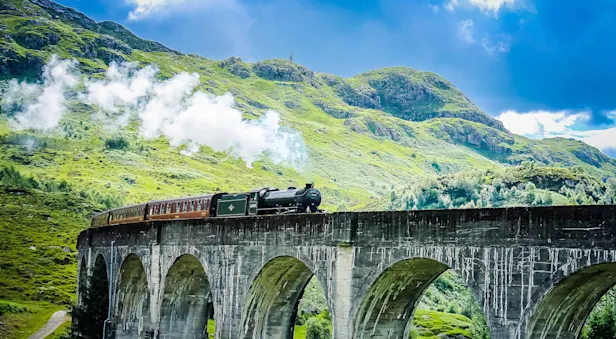WWF Conservation | Protecting Species & Ecosystems in Croatia & Slovenia
With its beautiful rivers and waterfalls, lakes and wetlands, numerous islands and spectacular coastline, dangerous yet challenging peaks, virgin forests and thousands of unique and rare species, the Adria region is a special world, much of it still undiscovered. WWF Adria serves Albania, Bosnia and Herzegovina, Croatia, Kosovo, Montenegro, North Macedonia, Slovenia and Serbia.
SPECIES
Adria is a biodiversity hotspot, with 7,000-8,000 marine species, more than 50% of all birds in Europe and over 400 new species of invertebrates discovered within Dinaric karst in the last decade alone. We are committed to safeguarding priority species, such as our large carnivores (brown bear, wolf and lynx), marine mammals, sharks and rays, corals, birds of prey, the sturgeon, and the olm.
LYNX
Just as the lion symbolizes Africa, the tufted-eared lynx is a precious symbol of Adria’s natural heritage. This beautiful and elusive wild cat is protected by law, but destruction of the lynx’s habitat remains a cause for concern in many areas. The Eurasian lynx has bounced back from the brink of extinction, but the population remains small. Hope for the lynx’s recovery lies in enriching genetic material by reintroducing new individuals. The Eurasian lynx is found throughout Europe; in Adria there are less than 200 individuals, of which around 40 are the Balkan lynx, the only surviving group of this Eurasian lynx subspecies. The lynx is of great importance since it positively affects the overall ecosystem in the Adria region.
BEARS
Bears–the kings of Europe’s forests, and one of the world's largest carnivores. We admire and fear them for their size, strength, speed and intelligence. But although they are big and strong, these solitary animals are also vulnerable to human expansion into their natural habitat. We work to find solutions which ensure bear and human safety and promote peaceful coexistence such as safe passages for wildlife (green corridors) or electric fences to protect livestock and crops. Bears are omnivores but the majority of their food is plant-based. Nevertheless, they are hungry opportunists, and they target the food that people discard. To avoid this, “bear-safe” garbage bins help to keep bears away from human settlements. Adria is home to a stable population of 3,950 bears of the Dinaric-Pindos population, the second largest population in Europe.
WHAT WWF IS DOING
As part of the WWF global network, WWF Adria was officially established in 2015 to work on the sustainable management of water resources, forests and protected areas, and the conservation of the sea, rivers and wildlife. Through their partner organizations, though, they have been a conservation presence in the region since the beginning of this century.
They’d like to see key species, habitats and ecosystems protected and recovering, with good governance systems in place, enabling sustainable management and equitable use of natural resources. Of course, nothing can be done without major transformation in business practices towards sustainability and corporate and social responsibility. And, speaking of partners, they want to see civil society informed, educated and empowered to engage in environmental stewardship and decision-making.
WWF Adria is trying to achieve change on the ground: connect local communities with their protected areas, encourage those areas to have better management plans and focus on sustainable, low impact tourism, inspire investors to choose sustainable hydropower, and people to recognize the values of the ecosystems that surround us and to seek out sustainable seafood.




































